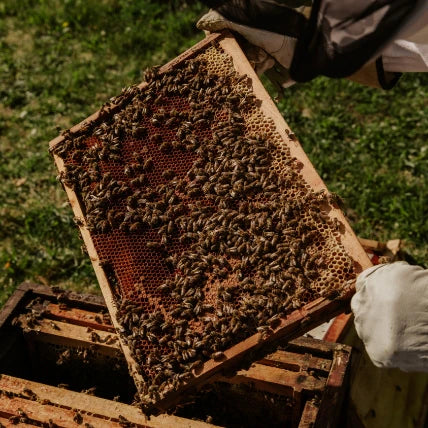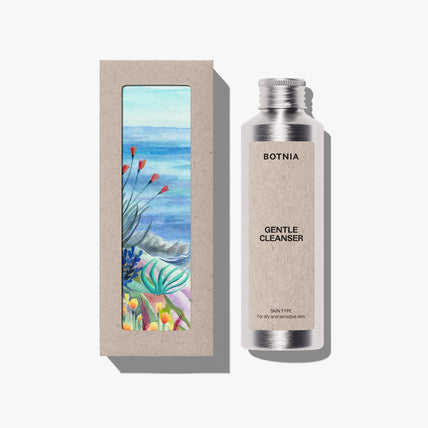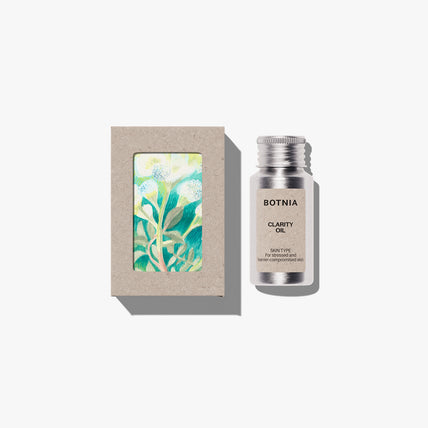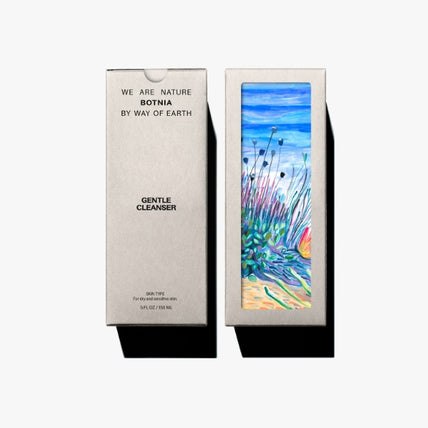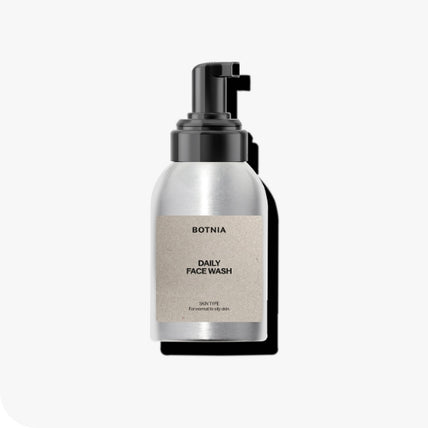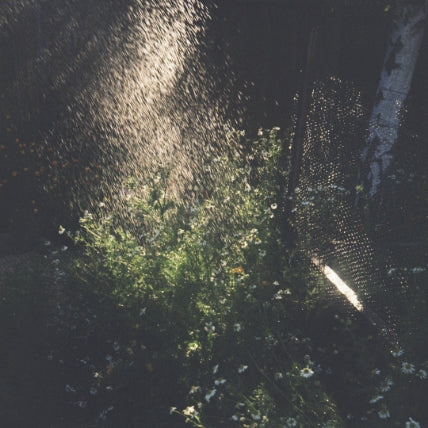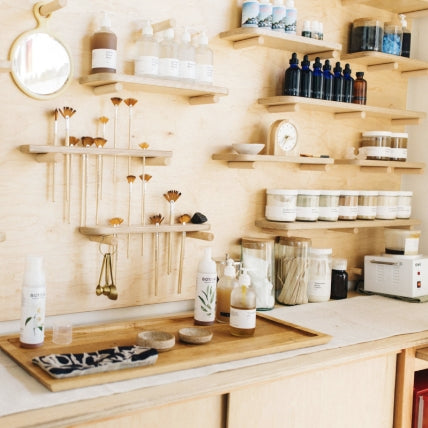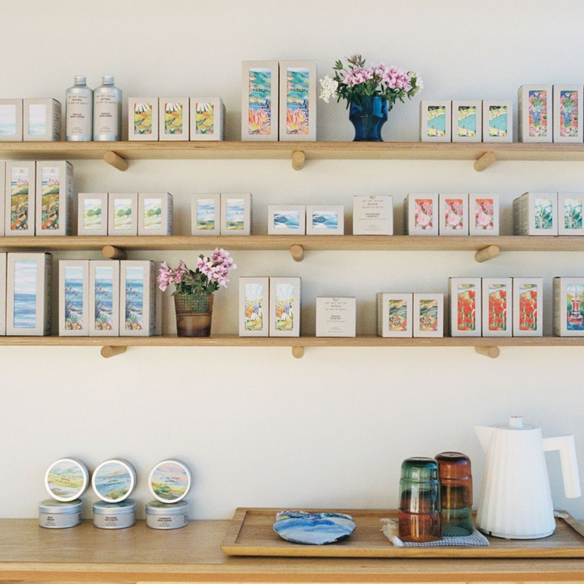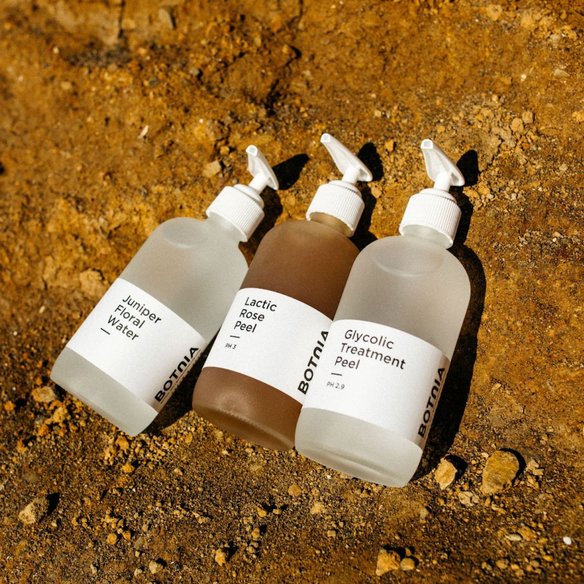
An esthetician’s guide to menopause and skin: part one
Recently I’ve noticed a shift, when I chat with women in their 50s, I’m so inspired by how the conversation around menopause and skin shifts from fear to empowerment. Instead of obsessing over wrinkles, they start seeing them as badges of a life well-lived. It’s not about trying to look 25—it’s about honoring who you are right now and leaning into the depth that comes with each new decade.
This shift in perspective allows us to see our skin not as something to fix, but as something to care for with compassion. It becomes less about rigid beauty standards and more about joyful self-care and self-acceptance. Our lines, wrinkles, and spots become signs of wisdom and aging, a privilege denied to many.
Menopause marks a new chapter in life, and understanding the changes it brings gives us the tools to support our skin with the care it truly deserves.
Common changes in menopausal skin
Skin during menopause tells the story of your body’s changes. It will reflect the shifts happening within your body with the decline in estrogen and progesterone levels. The signs can vary from person to person, and understanding the changes can help you find the products tailored to your skin’s specific needs.
These are the most common changes in skin during menopause.
Increased dryness
Estrogen helps to retain moisture by supporting your body’s production of natural oils and hyaluronic acid. When this declines, the skin may become drier and prone to rough texture and flakiness.
Dulled or flaky complexion
As we age, the skin slows down in its ability to renew itself from slowed cell turnover, causing a dull complexion and a tendency for dead skin cells to build up on the surface.
Thinner skin
Estrogen also plays a huge role in collagen production, which helps to maintain skin firmness and elasticity. Estrogen levels drop up to 30% in the first five years of menopause, leading to thinner skin and increased sagging, fine lines, and visible veins. As the skin thins it becomes more fragile which can make it prone to bruising and tearing and to take more time to heal from injury or irritations.
Less plump appearance
The loss of fat and volume can lead to sunken cheeks, eyes, and areas around the mouth. You may also notice more visible fine lines and wrinkles.
Increased hyperpigmentation and age spots
Changes in hormones can increase melanin production causing hyperpigmentation, sunspots, and age spots, especially in areas exposed to the sun.
Increased sensitivity and irritation
Often you’ll see increased redness, irritation, and reactivity from external factors as the skin barrier weakens with age.
Pesky facial hair
Fine or coarse hair may appear on the chin, upper lip, or cheeks triggered by hormonal shifts.
Increased hormonal breakouts
Menopausal breakouts (especially along the jaw and chin) can appear from a rise in androgen levels, which cause increased oil production.
For some, these changes may unfold gradually, while for others, they may feel sudden and overwhelming. Enjoying a daily self care ritual can help you embrace the evolution of your changing skin.
For Rommy in her fifties, “What’s changed overall between my forties and fifties is the attention that I give to my skin. I’ve become a lot more careful and have focused heavily on consistency.”
In part two, you’ll see that adding in hydration, barrier care, and sun protection using gentle, effective plant-based solutions can help support your skin through this transition. Wherever you are on this journey, know that it’s never too late to care for your skin with intention and kindness.
Xo,
Justine
P.S. If you’re looking to dive deeper into learning about menopause, we recommend these good reads:
Estrogen Matters - Avrum Bluming, MD, and Carol Tavris, PhD
Dare I Say It: Everything I Wish I’d Known About Menopause - Naomi Watts
